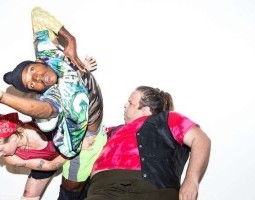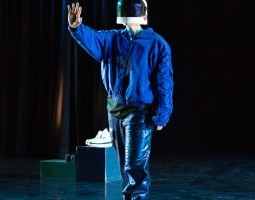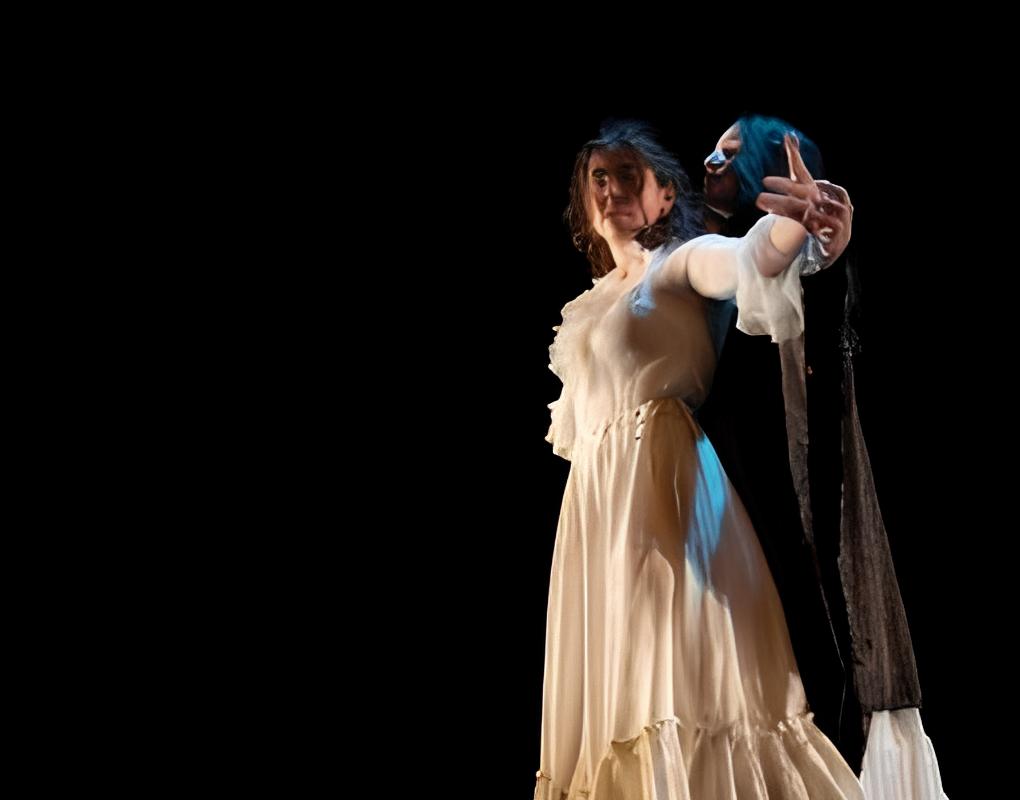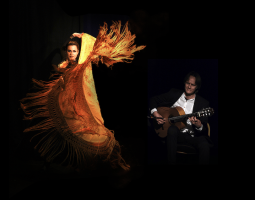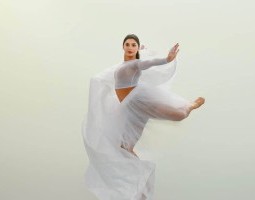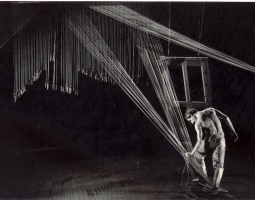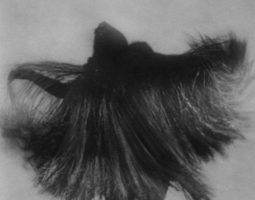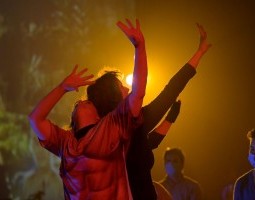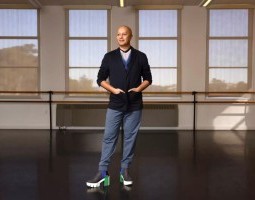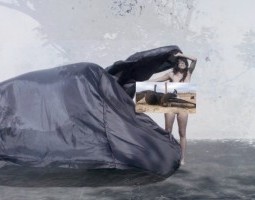All Articles
- Reviews
An extraterrestrial Gospel to absolve you of queer shame and anxiety – no promises.
- Reviews
Beloved Yiddish play is translated through dance. Madeline Shuron reviews Nell Adkins & Helen Sher’s Within the Fall.
- Reviews
The skillful duet brings to mind a dimly-lit café in Seville.
- Reviews
Textured worlds provoke dynamic questionings.
- Book Reviews
A reflection on the 2023 memoir of Michael Pedretti of Movement Theatre International, pre-Philadelphia Fringe Festival.
- Book Reviews
How does the lens switch as time passes? Susan Manning's essays are collected in Dancing on the Fault Lines of History.
- Interviews
Christopher Kaui Morgan—infiltrator and advocate—holds the door open for Native Hawaiian and queer communities.
- Interviews
Softening into tender resistance and honest disobedience with NYC-based Cuban-Venezuelan artist Yara Travieso.
